MYTH is a new approach to sound synthesis packaged in a 24-voice modular microtonality capable plugin with a powerful sample re-synthesising engine based on advanced machine learning. With MYTH you can create two re-synthesised 4-tone generators and cycle through their 500-segment envelopes for rich and dynamic sounds. In addition, MYTH enables you to freeze edits so you can experiment using existing filters, effects and modulation from that point onwards without disturbing your previous edits. You can even select a number of existing patches and “breed” a new one from those.
Analogue synths’ imperfections and non-linearity give them a unique signature sound we’ve come to appreciate so much that some of these devices have become famous in their own right. MYTH’s entire sound engine is based on translating that imperfection and non-linearity into digital processing, and the result is that you can create “living” sounds with it.
MYTH’s promise is that you can cover the sonic breadth of FM, physical modelling, wavetables and analogue with a single approach in a non-convoluted way. And it enables you to add extra components in much the same way as you would add pedals or modules to an analogue modular synthesiser — without the cable mess.
MYTH’s basics
MYTH re-synthesises an existing sound sample as an “IRIS” (yep, the coloured thing that makes up large part of your eye). Each of the two IRISes incorporates four tone generators wrapped in a multi-segment envelope generator (MSEG) with 500 segments, visualised as coloured lines radiating outwards from the centre. By adding an envelope and/or a LFO (low-frequency oscillator) you can cycle through the entire range of sounds available from the IRIS once or repeatedly — and that is visualised as a line that moves through the IRIS colours synchronised with the envelope or LFO.
Using this approach as a starting point, MYTH’s two IRISes aren’t static like traditional oscillators are, which means that even used pure, the sound they produce is lively. To energise the IRISes on a deeper level, MYTH lets you blend the IRIS’s four tones and 500 MSEG segments using Transformers; knobs that add FM, harmonics, that skew towards saw or square wave, add more string- or brass-like character, noise, etc. As you can modulate pretty much everything in MYTH with — even custom-create — a huge array of modulators, the inherent motion of the IRISes multiplied by the effect of the Transformers lets you produce dynamic sounds with a unique character.
But MYTH doesn’t stop there. The synth also comes with a large number of filters and effects of which some have been modelled on existing analogue pedals and modules, and others are brand new. The Orbit filter, for example, is based on planetary motion. And as the modulation system can be entirely customised and made dynamic itself, you can rule out the repetitive character of traditional LFOs.
Better than anything else for cinematic sound design?
I tested MYTH by feeding it samples ranging from spoken voice to a few notes played on a cello, violin, trombone, tuba, an ocarina, harp, piano, and yet others — all from libraries by Orchestral Tools. The results were astonishingly original and never boring. After going through the built-in tutorial files and trying out a lot of different filters — especially the new ones which you won’t find in any other digital synth — I managed to come up with a couple of patches that might be useful for production work. As I am writing this, after having spent time with MYTH for the better part of the day a whole week long, I still haven’t scratched more than the surface. The reason is there are endless numbers of possible combinations of IRISes, Transformer settings, filters, oscillators, and effects, that each will produce a different result.

Much of that is due to MYTH having one oscillator section (OSC) per IRIS — in addition to one global arpeggiator, one global filter, and two global effects sections. Each of these sections has some overlap in filter, effect, utility and other modules, and in each section you can use any combination of these to daisy-chain up to six of them. Using all that power made my iMac mid-2017 with i5 processor choke on any other setting than the ECO one, which still sounds good, but if you have a more recent computer, you can use higher quality settings.
The OSC section merits some more explanation in that it lets you further refine the sound of each IRIS independently. This again expands the number of possible unique sounds you can create. In addition, the section’s RAW module enables blending in traditional sound waves with those of the corresponding IRIS while you can modulate its Mix knob to create a pulsing motion between the IRIS sound and WAVE’s. Yet more flexibility and power comes from ROUTE, a module that splits the OSC chain in two parallel effect chains.
Verdict
While MYTH is a bit more complicated to grasp at first than any other synthesiser I’ve reviewed, its learning curve isn’t all that steep. If you want to create sound that is exactly as you envision, you’ll first have to select a sample that isn’t way off — for example, selecting a sampled guitar riff while you want a “blooming” sound isn’t a good idea. Luckily, MYTH comes with about 100 samples for you to start with.

I also learned that, if you want to create your own, a complete 30-seconds long musical sample isn’t going to cut it. A single or two notes of sound worth 10 seconds or so is what it takes to create an IRIS with a richer sound than many commercially available traditional-synth patches.
The entire system can then be exploited to create anything from eerie to rhythmic, from thin to thunderous — for anything a cinematic sound designer or composer can dream of.
You can buy MYTH for a regular retail price of 179 USD, but for the time being you can have the synth for 125 USD. If you think that’s a lot of money, I would still highly recommend you try MYTH as it comes with a 90-day unlimited trial version. I’m pretty confident you’ll want to convert that trial into the full deal.

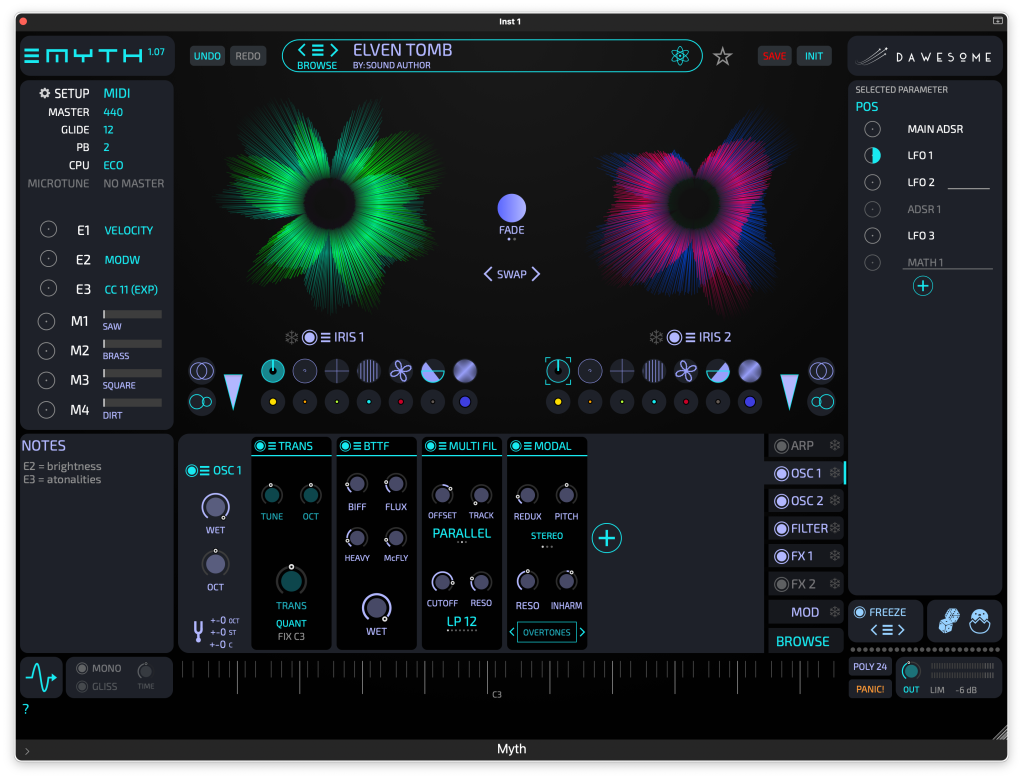
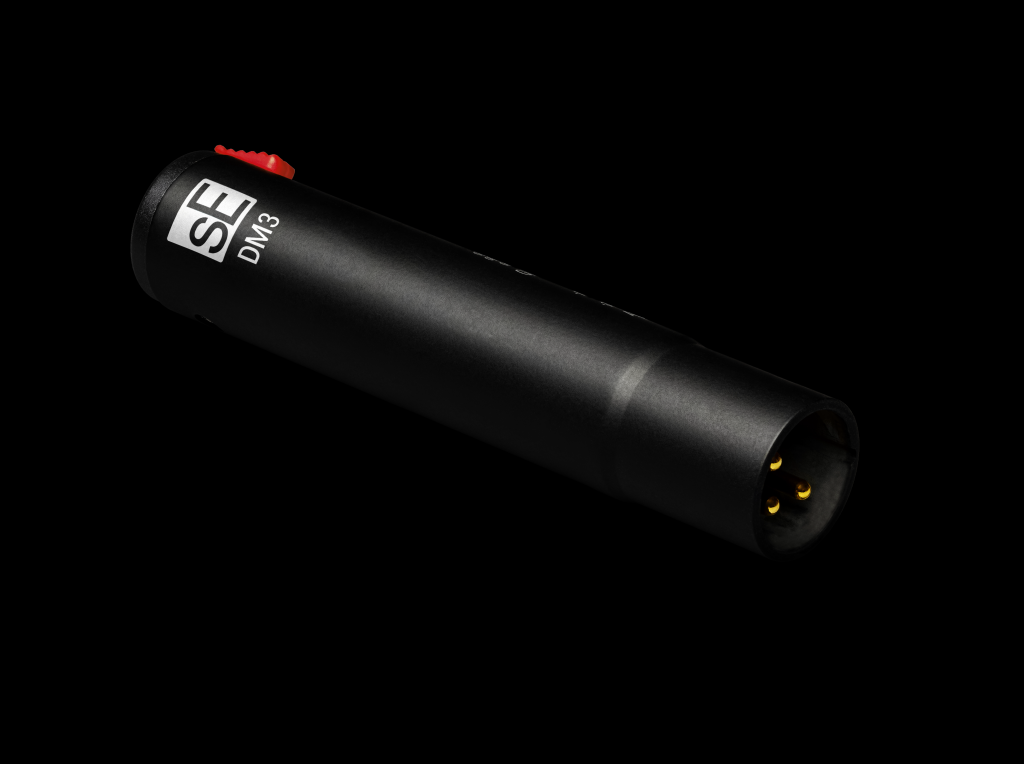
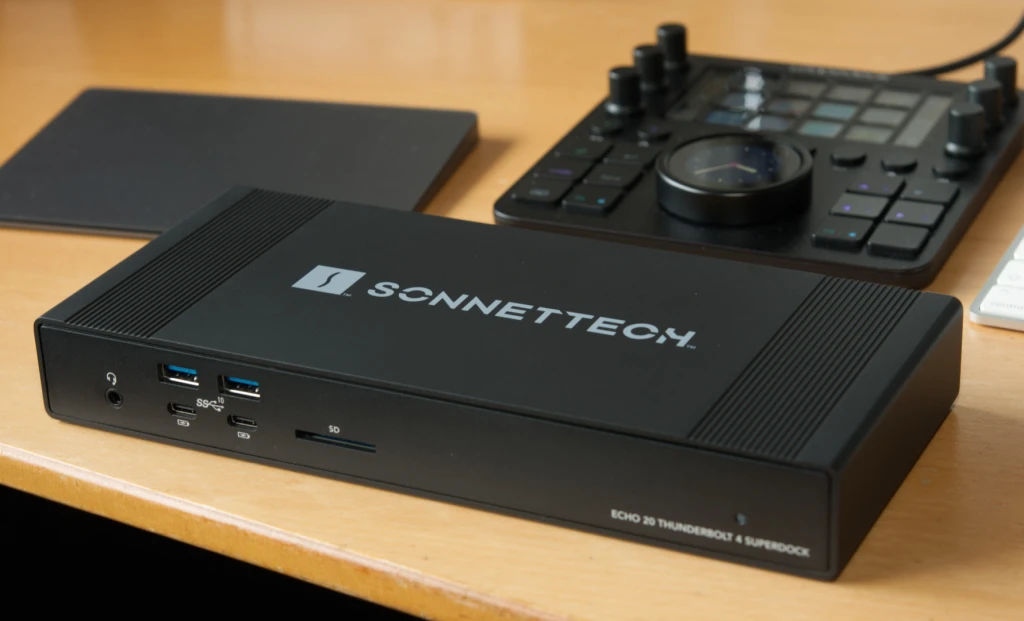
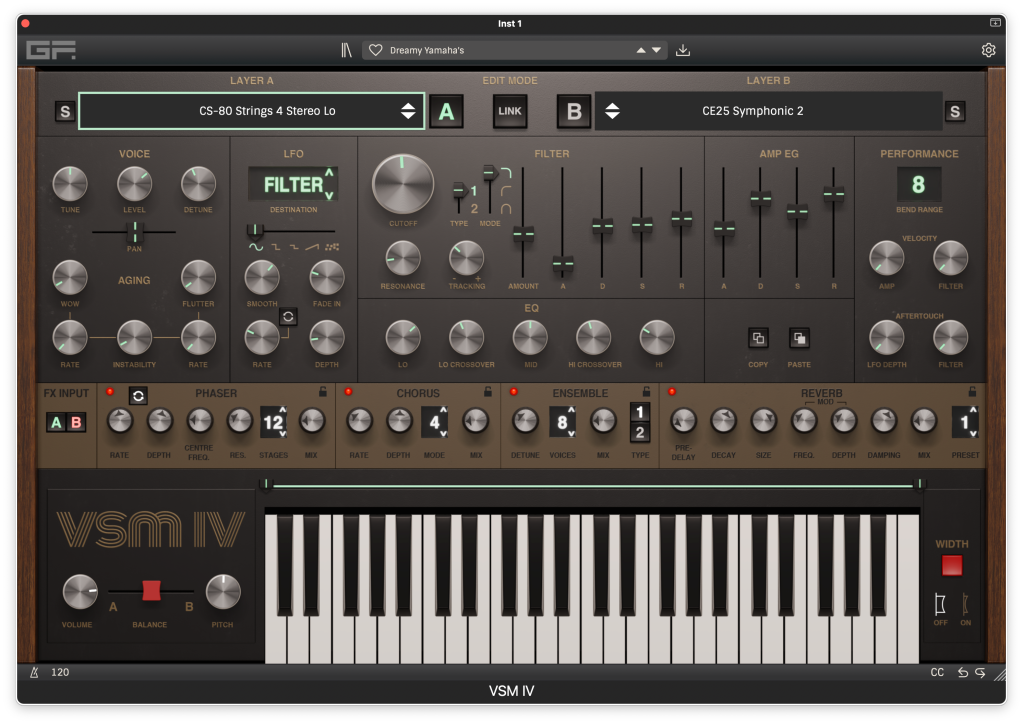
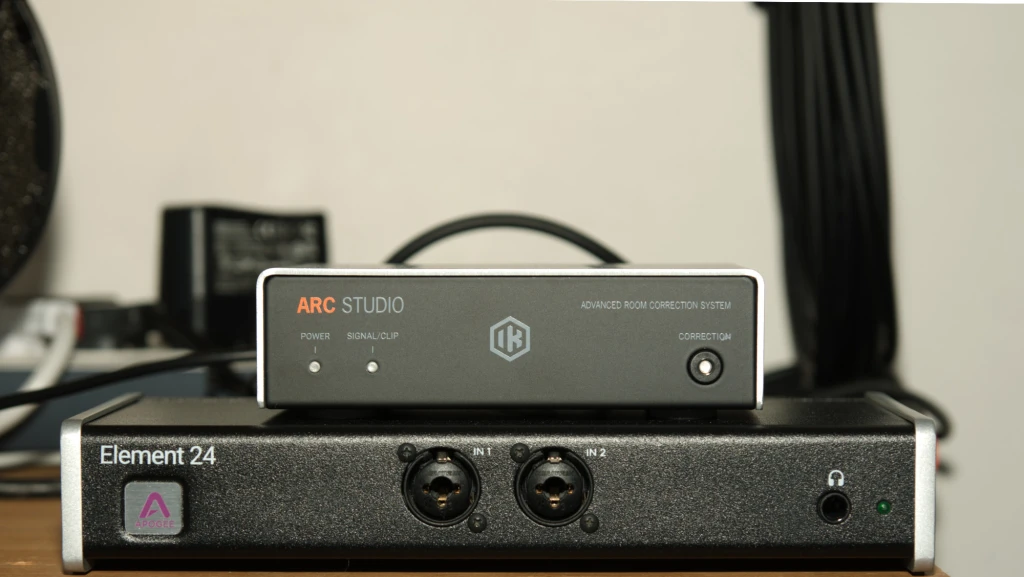
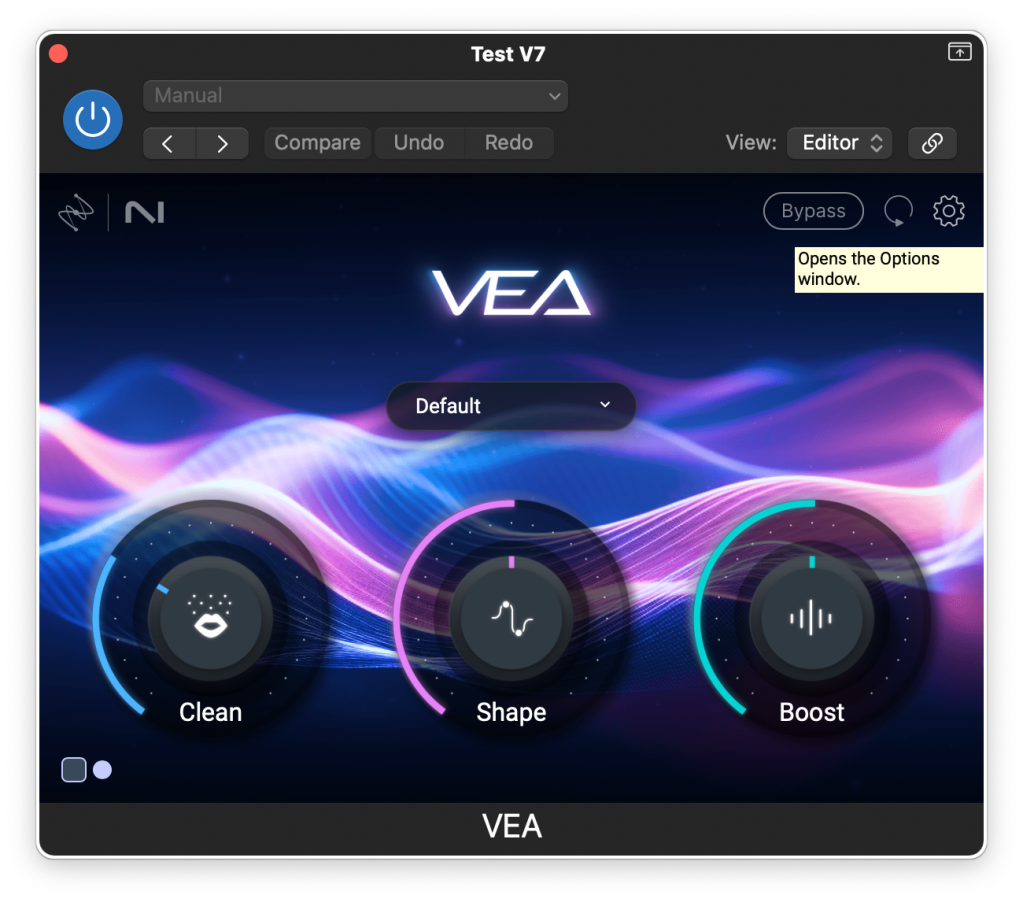
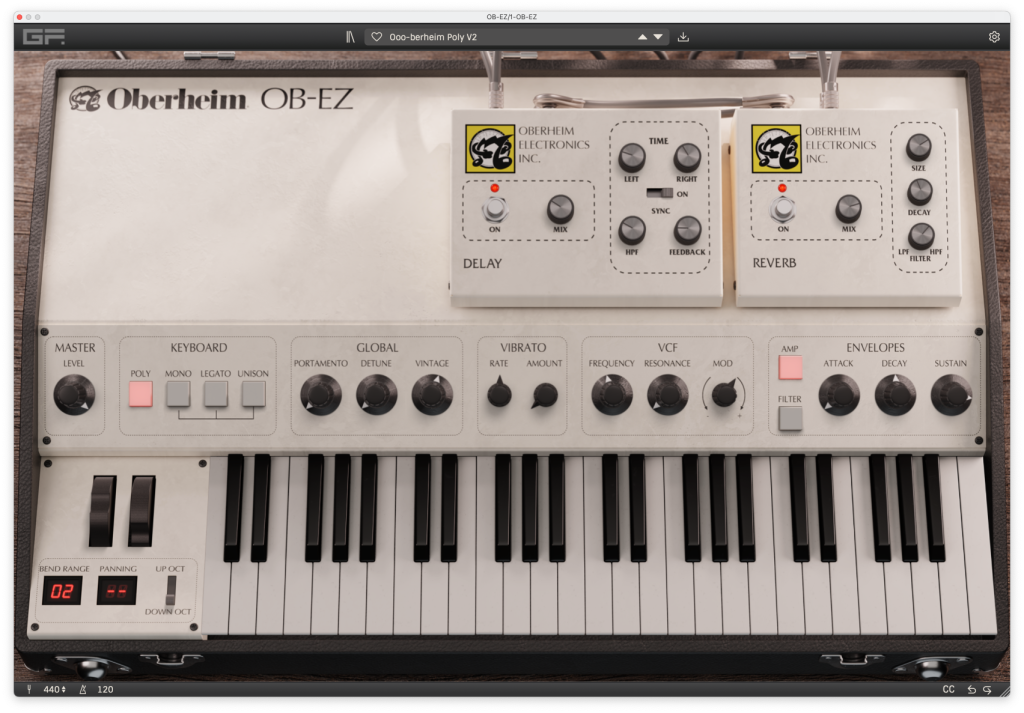
Leave a comment